To coincide with the European Commission’s ‘Connecting Europe by Air: the Green Transformation’, event held in Lyon, France, ten flights operated by six European airlines departed Lyon Saint Exupéry Airport fuelled with a 30% blend of sustainable aviation fuel produced and supplied by TotalEnergies. A number of incoming flights to Lyon followed unrestricted, fully-optimised routings to demonstrate fuel and emissions savings as part of the European SESAR’s ALBATROSS project. As well as the flights, the airlines showcased other sustainability measures including reduced single-use plastics, crew uniforms made from recycled plastic bottles, sustainable catering and offsetting of emissions through certified climate projects, while trade body Airlines for Europe (A4E) promoted the industry’s Destination 2050 roadmap to net zero emissions. Lyon Airport has a goal to become the first commercial airport in France to reach net zero carbon emissions by 2026 within the scope of its business. During a high-level debate at the event, Transport Commissioner Adina Vălean reiterated the EU’s strong support for ICAO’s CORSIA carbon offsetting scheme.
“Despite the current challenges our sector is facing, operationally in the wake of the global pandemic, geopolitically and with rising costs – airlines’ commitment to sustainable air transport is stronger than ever,” said Thomas Reynaert, Managing Director of A4E.
Commenting on the Lyon flights, he added: “Under real operational conditions, we’ve demonstrated that increased SAF uptake and more efficient air traffic management in Europe can reduce CO2 emissions by more than 30% per flight.”
The SAF for the flights was produced from used cooking oil (UCO) at TotalEnergies’ La Mède biorefinery in southern France and, claims the company, reduces lifecycle emissions by 91.2% over its fossil-based equivalent. Briefing reporters at the event, Strategy & Sustainability Development Manager Stéphane Thion said worldwide feedstock supply for SAF was limited and production was reliant on imported UCO, mainly from Asia, and other wastes and fat residues. The transportation of feedstocks from abroad was taken into account when calculating lifecycle emissions reduction, he added.
Thion said SAF production would total around 100,000 tonnes in 2022, with a target of reaching 300 million tonnes, or 65% of total jet fuel consumption, by 2050. A big jump, he admitted, but could be achieved through the twin levers of legislation and incentives to reduce the four to five times price gap, together with the appetite and need by airlines to decarbonise their activities.
Fatima da Gloria, VP Sustainability at Air France-KLM, two of those airlines taking part in the SAF uptake at Lyon, said worldwide SAF supply was very low, given the problem of economic viability and a lack of availability of high-quality feedstocks that were not in competition with food. She thought that in time, bio-based SAF will come closer to price parity with conventional jet fuel but would be restricted by the availability of biomass, whereas advanced non-bio fuels will still be four to five times more expensive by 2030.
“We will need prioritisation of feedstocks for the hard-to-abate aviation sector as it is important to remember that every industry is going through decarbonisation,” she said, echoing the call for government and investor support to boost SAF production and narrow the price gap. She also expressed concerns over EU policies leading to carbon leakage and competitive distortions with airlines outside Europe, but welcomed moves to introduce SAF allowances, which could be granted to airlines through the EU ETS in return for uplifting SAF.
Other airlines taking part in the Connecting Europe industry showcase included Lufthansa, Transavia, Vueling and easyJet. Three of easyJet’s flights departing from Lyon uplifted SAF-blended fuel, with an incoming flight from Lisbon following a specifically designed, optimised flight plan to demonstrate the potential for significant CO2 savings if the Single European Sky was implemented. The flight used airspace normally reserved for military purposes to achieve a direct routing.
The SESAR ALBATROSS project is conducting hundreds of gate-to-gate flight trials across Europe to demonstrate how optimised ATM operations could reduce average CO2 emissions per flight by 5-10% (0.8-1.6 tonnes) by 2035 through enhanced cooperation. Although the Commission has pushed for a Single European Sky, a number of EU member states remain opposed to the move, largely on sovereignty grounds.
“Our airline has committed to net zero by 2050 when we joined Race to Zero last year. We also recently published our ‘35% by 2035’ interim target,” said Thomas Haagensen, Director Group Markets and Marketing at easyJet, who also oversees sustainability at the airline’s board level. “In order to reach this, different elements will play a role and some were showcased on our Lyon flights: we need airspace modernisation – our SESAR-optimised flight showed what is possible – and we require affordable SAF at scale.
“Full decarbonisation cannot happen without government support, finally implementing the Single European Sky and incentivising new technologies.”
Speaking to GreenAir on the sidelines of the Lyon event, Haagensen said easyJet was supportive of SAF use in helping to reach its net zero target. “But we are quite different from other airlines, in particular the traditional and long-haul carriers,” he added. “For them, SAF is a long-term solution whereas for us, it is an interim solution. We know that by 2035 there will be net zero technology that we can transition to, which is the end game for decarbonisation. With hydrogen and electric for short-haul, we will have that as a feasible option.”
The low-cost carrier is working with a number of industry partners, including Airbus, Rolls-Royce, GKN Aerospace, Cranfield Aerospace Solutions and Wright Electric, to accelerate the development of zero carbon emission aircraft technology and the required infrastructure.
“These technologies are becoming much more tangible. We know they will come and we now need to prepare the supply chain and the infrastructure to make this happen, including the production of green hydrogen,” said Haagensen.
“We are not technology providers – our aim is to acknowledge our impact on the climate, support measures like the EU ETS and stimulate the industry, as we have with startups like Wright Electric. What we can provide is commercial expertise so that they focus on the right segments as well as providing, for example, the flying knowhow of our pilots and helping them to attract more investor funding. We don’t invest our own money but we do invest a lot of our time with them. That’s what our partners ask us for.”
Speaking in a high-level panel debate, EU Transport Commissioner Adina Vălean described the aviation sector as progressive and cutting edge. “There is a clear path to net zero that everyone involved is supporting and I’m sure the industry will achieve it,” she said. “While we will have to wait until 2035 for the disruptive technologies to arrive, sustainable aviation fuels will provide the low-hanging fruit, although we will have to work hard to create a market for them and for the prices to drop. We will also need a more efficient and optimised air traffic system.”
On global aviation issues, Vălean said it was difficult to convince international institutions like ICAO to be progressive. “What is important from my perspective right now, however, is that we must apply CORSIA because this is what we agreed at an international level. If everyone applies it, then it will be a success and we will see a reduction in global CO2. We are also engaged in supporting the international deployment of SAF, even though there are different interpretations of SAF around the world.”
In regard to reaching an agreement on a long-term decarbonisation goal at the ICAO Assembly in the autumn, Vălean said: “We will do our best to convince our international partners to raise the level of ambition. However, we have seen that even if commitments are not being signed, things are happening, for example around SAF, so we have to understand the different approaches on the international stage. We will step up our diplomacy at ICAO though to get a higher ambition agreed and supported.”
Photo (easyJet): Refuelling of easyJet Airbus aircraft at Lyon with SAF blend supplied by TotalEnergies

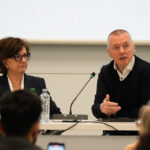
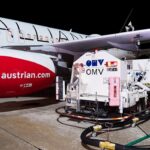
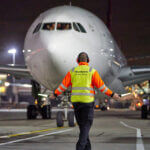
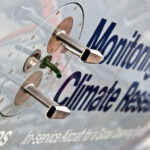

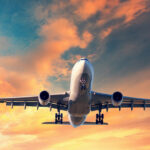
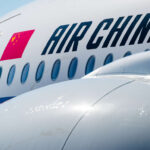
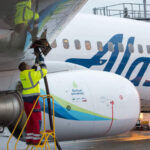
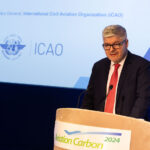
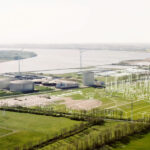
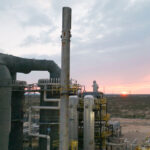
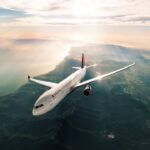
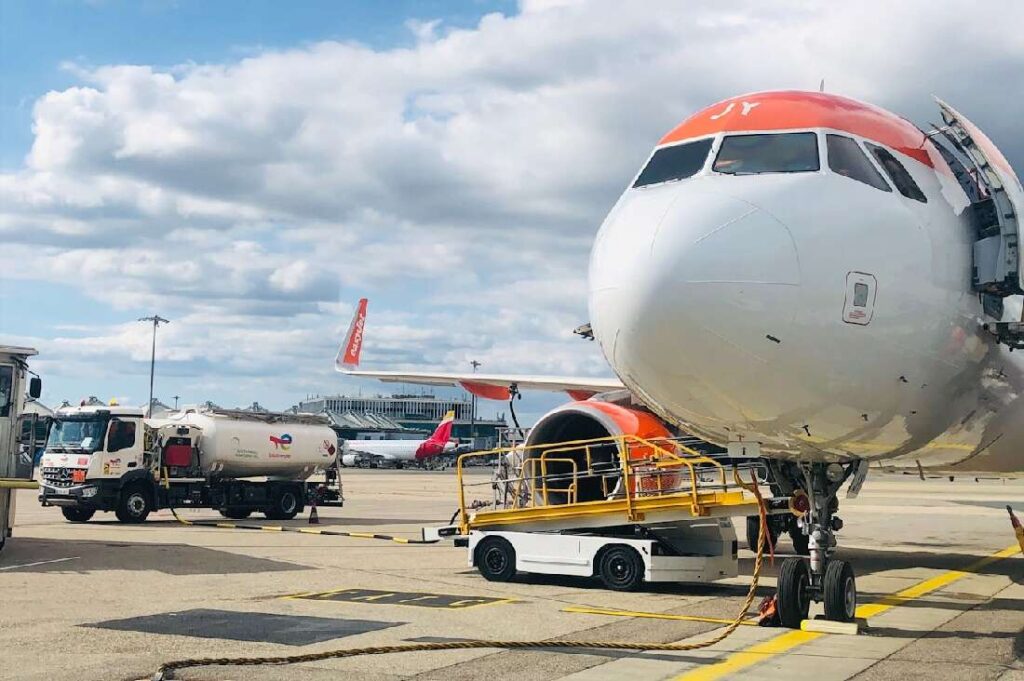

More News & Features
Progress on decarbonising the airline sector has been slow this year, says IATA chief
EASA releases status report on Europe’s SAF production and readiness to meet blending targets
UK government sets out new Jet Zero focus and launches consultation on CORSIA global emissions scheme
European and US research programmes expand to better understand aviation non-CO2 climate effects
T&E joins aviation and climate scientists in urging action to reduce warming contrails
New study highlights differing strategies and barriers to decarbonising aviation in UK and Europe